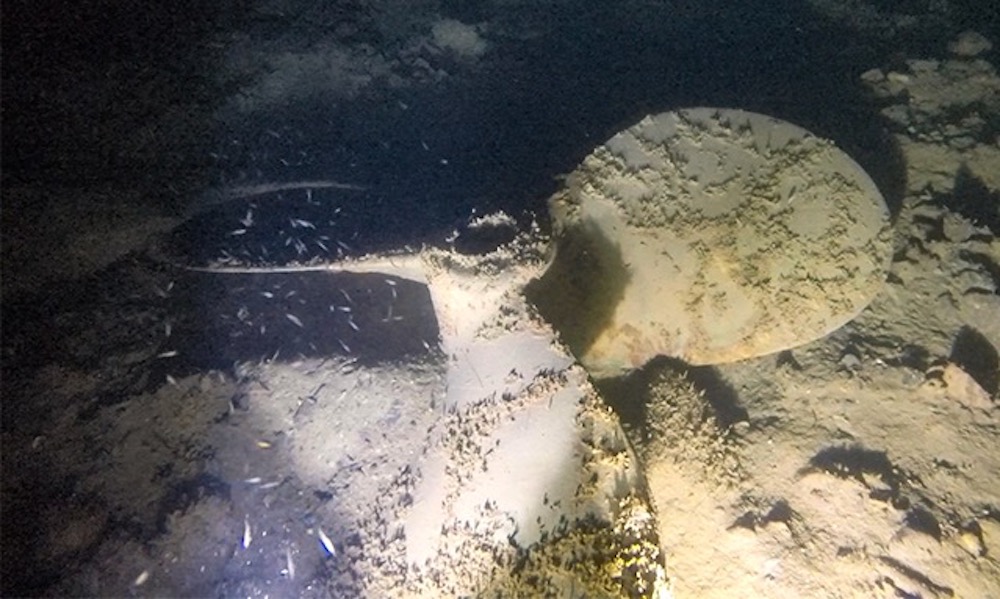On a fishing survey trip in the fall, NOAA Fisheries biologists caught Atlantic spiny dogfish, white hake, cusk, barndoor skates, Acadian redfish, monkfish and Atlantic cod, among other species they would typically expect to find.
What they didn’t expect to find was a boat propeller sitting on the ocean floor more than 100 miles offshore.
How it got there is a mystery.

At every sampling station of the Longline Survey Trip aboard the F/V Mary Elizabeth, they send a camera down to the seafloor to record what it looks like.
At one sampling station, the camera bounced on the bottom right next to a 3-foot-long propeller, about the size of propeller the 60-foot Mary Elizabeth features.
It was lying among the rocks, sea stars and sea anemones, as reported in the NOAA Science Blog, which also has a short clip of the camera landing next to the prop.
Also on FTW Outdoors: Raccoon scares ‘living mess’ out of man throwing trash away (video)
Phil Lynch, Captain of the Mary Elizabeth, was shocked.
“What are the chances that we dropped the camera right on top of this thing, well over 100 miles from shore?” Lynch said. “I don’t even know of a single person who has lost their propeller at sea, let alone to have at that distance. It’s just incredible to have that $5,000 piece of metal in the middle of the ocean show up on our camera.”


Biologist Emma Fowler blogged about all the findings on the survey that began at Georges Bank, around 200 nautical miles from the departing port of Scituate, Massachusetts. They then moved westward with the survey.
Fowler, too, was amazed by the propeller find.
“It makes you wonder about the poor soul who lost it—so far away from land—and how long they waited for rescue,” Fowler wrote. “Not too many boats make it this far east.
“The chances that we would drop a camera in the exact same spot have to be incredibly low. It makes me excited for what we’ll find on the next trip.”
Photos of monkfish, Acadian redfish and boat propeller courtesy of NOAA Fisheries/Emma Fowler and Dave McElroy.




